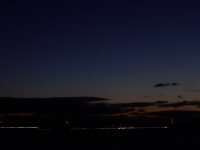we have enough problems with racism now we have fiscalizism...sound like...facism under a different banner...
Here's a tip for low light spur of the moment, or you don't even own a tripod shots-
Take a pound bag of beans,rice, or grain. Slip it into a sock or mitten, safety pin or rubber band it.(fits in your pocket)
Place on unmoving object, press camera into it, there you go, nice and steady!
Nice!
So, you dabble a bit in photography, do you? 😉
That's an impressive portfolio, we are not worthy!
P.S. I once tried photography in the RAW, but ended up in custody!
All those pics are JPEG so low quality.
😉
I noticed in RAW the image sharpness is much better than straight JPEG. The RAW processor automatically corrects for lens distortion, chromatic aberration etc. I was never able to get crisp shots of woodland where you have a lot of leaves and very small features - even on 24 MP. And sharpening in JPEG doesn’t help either. All that is solved in RAW (I’m using LighRoom for image processing - £9 a month here IIRC)
Politics is a subject I avoid like the Plague at diyaudio.com. 😀
But Galileo was deeply confused by his 30mm schoolboy telescope when it came to Saturn:
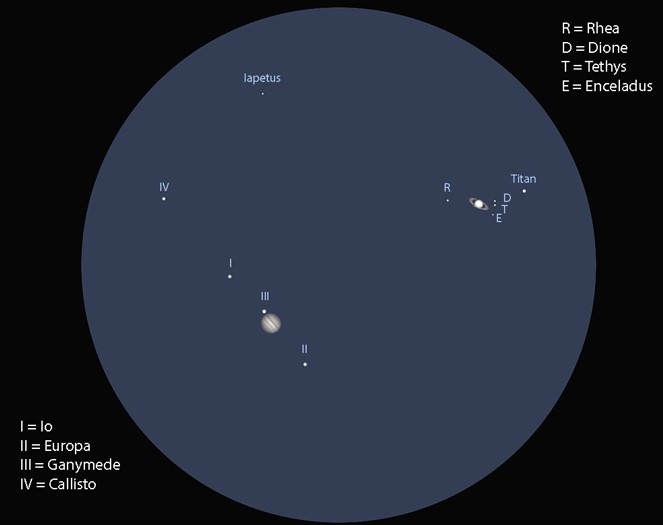
With the benefits of modern 4 or 5 element camera or telescope lenses we have far more idea of what is going on:
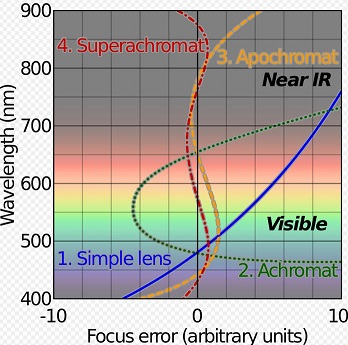
He thought Saturn was some sort of blob. 🙂
But Galileo was deeply confused by his 30mm schoolboy telescope when it came to Saturn:
With the benefits of modern 4 or 5 element camera or telescope lenses we have far more idea of what is going on:
He thought Saturn was some sort of blob. 🙂
Under the radar. Or more like..over😛we have enough problems with racism now we have fiscalizism...sound like...facism under a different banner...
I'm wondering if it's possible to use a large format camera with a telescope. Would make for some great shots.
JPEG is not a lossless compression.I noticed in RAW the image sharpness is much better than straight JPEG. The RAW processor automatically corrects for lens distortion, chromatic aberration etc. I was never able to get crisp shots of woodland where you have a lot of leaves and very small features - even on 24 MP. And sharpening in JPEG doesn’t help either. All that is solved in RAW (I’m using LighRoom for image processing - £9 a month here IIRC)
It's quality entirely depends of the chosen compression factor.
At a very low compression factor JPEG is near as good as RAW, a pro camera should have a software with this software flexibility.
I presume high end cameras support JPEG2000, better than JPEG but much less available because of commercial reasons.
Edit. Luckily, they don't, there are other alternatives.
JPEG2000 is a loss or lossless compression.
Last edited:
The seriously good telescopes cost many thousand bucks.
It's fantastic what they can do with GPS tracking, motorized drives and digital sensors.
But even a DSLR can do great widefield shots with longish 20s exposures. The Milky Way and all that. Depends how clear your skies are really.
Anyway much cold fun tonight with the conjunction:

Me little fingers were frozen, the tripod was hard work in the dark, but everybody was interested in seeing this thing.
But we have a result! Fainter Saturn at 4 o'clock near Bright Jupiter. Surprised how rapidly they have separated. About half a moons width. 😀
It's fantastic what they can do with GPS tracking, motorized drives and digital sensors.
But even a DSLR can do great widefield shots with longish 20s exposures. The Milky Way and all that. Depends how clear your skies are really.
Anyway much cold fun tonight with the conjunction:
Me little fingers were frozen, the tripod was hard work in the dark, but everybody was interested in seeing this thing.
But we have a result! Fainter Saturn at 4 o'clock near Bright Jupiter. Surprised how rapidly they have separated. About half a moons width. 😀
Attachments
Jupiter’s is incredibly bright, the closer distance notwithstanding. Won’t get to see anything tonight. Rain lashing down.
Glass plates are still used, sensitized for particular wavelengths.
And there are very large digital sensors, serious money, but in the glass plate range, 4x5, 8x10, 10x12 inches.
The problem is dropouts in sensitivity at different wavelengths. Often cheaper to make plates than sensors, till you are sure it's what you need for a long term study.
And there are very large digital sensors, serious money, but in the glass plate range, 4x5, 8x10, 10x12 inches.
The problem is dropouts in sensitivity at different wavelengths. Often cheaper to make plates than sensors, till you are sure it's what you need for a long term study.
I attempted to start grinding a mirror blank about 30 years ago...still not done😀, no, I realized quickly how much work is involved and gave up. But I am seriously considering acquiring a large 16-18 inch reflector just for fun. But the thing that really deterred me from pursuing this hobby is the discovery of the finite limitation of our viewing range, nothing to really discover. The last major discovery is the Hubble's view of that little window through the Milky Way into deep space. Everything else all around us is 'local'. Reminds of that Jim Carey movie.
Indeed. Knowing nomenclature means:
the devising or choosing of names for things, especially in a science or other discipline.
Nomenclature is a french word that means: BOM.
🙂
the devising or choosing of names for things, especially in a science or other discipline.
Nomenclature is a french word that means: BOM.
🙂
Physics is actually a pretty experimental business:
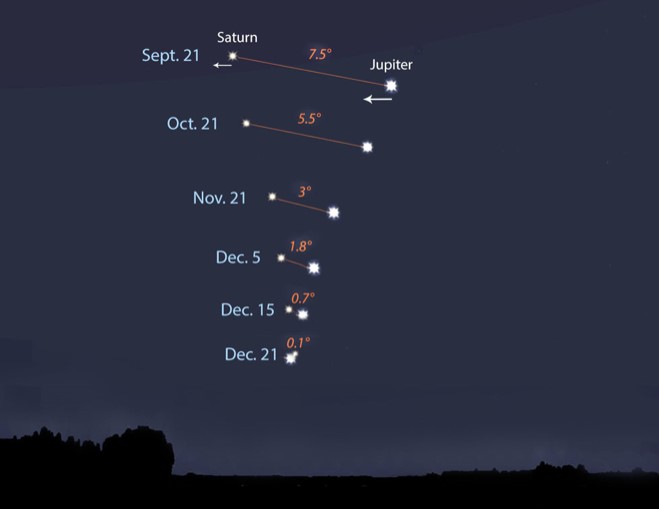
But the theory and calculations seemed to work this year on Dec 24:
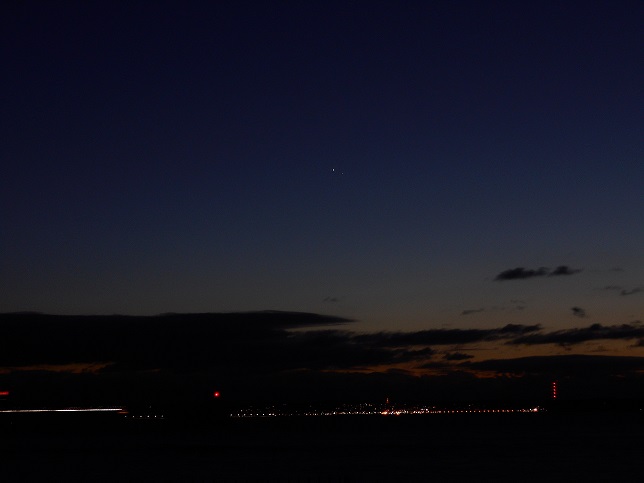
Half a moon's width as calculated. About 0.25 degrees.
Mathematics is far more rigorous. Carl Friedrich Gauss - Wikipedia was quite good at the Celestial Mechanics. Most people would acknowledge him as the best mathematician who ever lived. He actually thought number theory the most interesting thing in Mathematics and Science. You know, prime numbers, the taxicab number 1729, and Heegner number 163. 😀
He may be proved right. Clever bloke. 🙂
But the theory and calculations seemed to work this year on Dec 24:
Half a moon's width as calculated. About 0.25 degrees.
Mathematics is far more rigorous. Carl Friedrich Gauss - Wikipedia was quite good at the Celestial Mechanics. Most people would acknowledge him as the best mathematician who ever lived. He actually thought number theory the most interesting thing in Mathematics and Science. You know, prime numbers, the taxicab number 1729, and Heegner number 163. 😀
He may be proved right. Clever bloke. 🙂
- Status
- Not open for further replies.
- Home
- Member Areas
- The Lounge
- What is the Universe expanding into..
